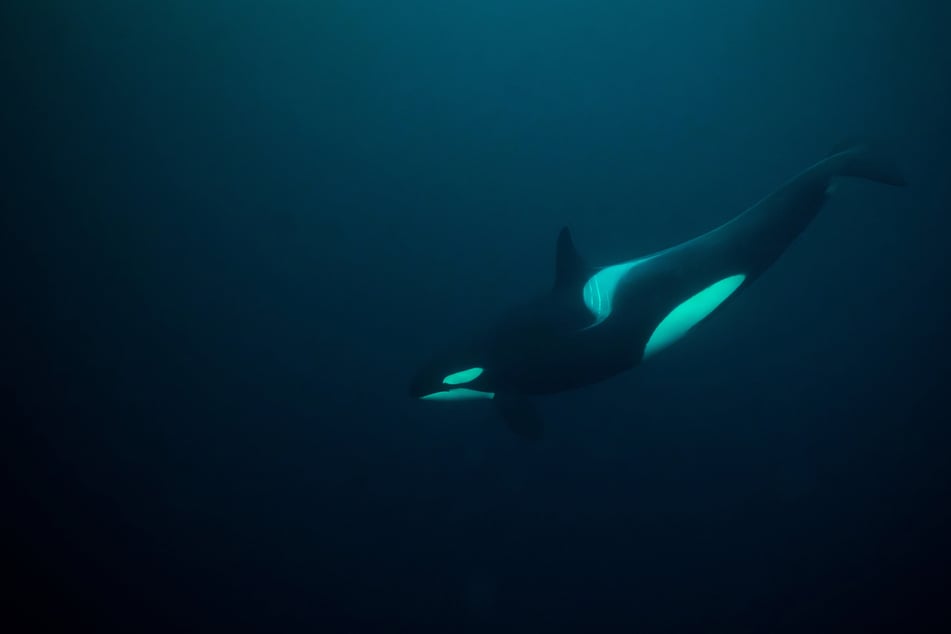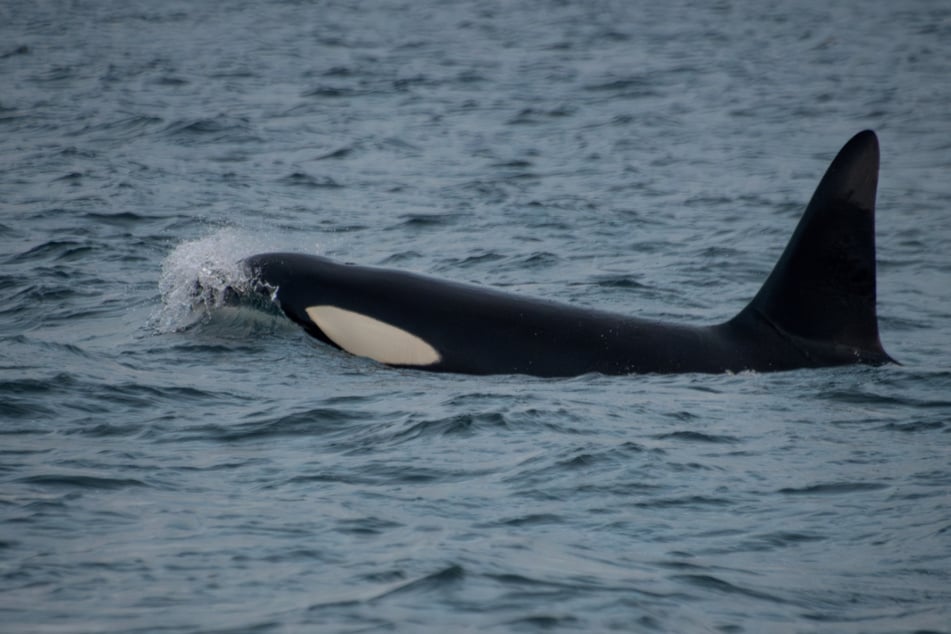Orca who carried around dead child in show of grief loses second calf
Puget Sound, Washington State - The same grieving orca who swam more than 1000 miles with the body of her dead baby in 2018 has once again been spotted grieving a dead calf.

Researchers studying killer whale populations have spotted the grieving whale in the Puget Sound area, once again carrying the body of a deceased child.
Tahlequah, also known as J35, had made headlines in 2018 when she carried her dead child more than 1000 miles over 17 days. She has had four documented calves, only two of which are known to have survived.
Her most recent child was born only a few weeks ago and the duo had been tracked by researchers at the Washington State-based Center for Whale Research. Initially, they were optimistic.
"Early life is always dangerous for new calves, with a very high mortality rate in the first year," the center wrote on Instagram on December 24. "J35 is an experienced mother, and we hope that she is able to keep J61 alive through these difficult early days."
Sadly, only a week later, they announced that the calf had died and said that it was a "tremendous loss" for an endangered species that needs new calves more than ever before.
Killer whale species classified as critically endangered

"The death of any calf in the SRKW population is a tremendous loss," the Center for Whale Research wrote, "But the death of J61 is particularly devastating."
"Not just because she was a female, who could have one day potentially led her own matriline, but also given the history of her mother J35 who has now lost two out of four documented calves – both of which were female."
Tahlequah and her babies are southern resident killer whales, a species that is classified as critically endangered in large part due to environmental concerns.
Specifically, the NOAA attributes the decline of the orca subspecies as being due to a "reduced quantity and quality of prey," pollution, and "noise and disturbance from vessels."
There have been efforts over the years to increase salmon stocks in the areas in which the orcas live, a 2018 article in The Guardian reports, but such efforts would have been unlikely to save Tahlequah's baby.
In an update to their post, the Center for Whale Research announced that Tahlequah had been sighted carrying the body of her dead child once again.
"The Center for Whale Research has received additional information that as of 1/1/25, J35 has been seen carrying the body of the deceased calf (J61) with her," the center wrote on Instagram.
"The entire team at the Center for Whale Research is deeply saddened by this news, and we will continue to provide updates when we can."
Cover photo: AFP/Olivier Morin

